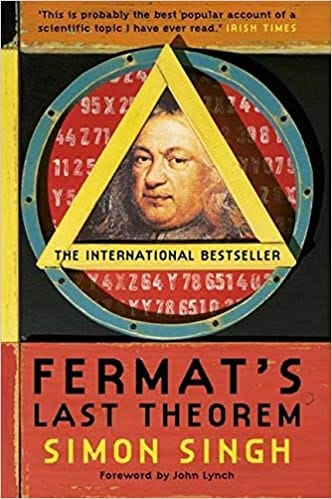The Two Types of Mathematicians
You may have heard of Freeman Dyson, a 20th-century mathematician who made enormous progress in quantum electrodynamics, along with a variety of other fields such a number theory. He worked extensively with Richard Feynman, translating his thoughts into mathematical equations. Dyson is also known for his big ideas about the future of humanity, such as the Dyson Sphere and how we could escape the heat death of the universe. He was also a self-described frog.
Wait, a frog? In his 2008 Einstein Lecture, Dyson described his categorization of mathematicians and physicists as members of two large groups: frogs and birds. To define these groups, he provided two prominent thinkers from the 17th century. René Descartes was a quintessential bird, flying high over many fields. Dyson said they “delight in concepts that unify our thinking and bring together diverse problems from different parts of the landscape.” Descartes certainly fit this description, working to combine algebra and geometry in the now-standard Cartesian Plane.
In contrast, Francis Bacon perfectly embodies the traits of a frog, similar to Dyson himself. Bacon was a strong proponent of gathering data and making empirical observations. Frogs are those who only look at their immediate surroundings and work forward. According to Dyson, “they delight in the details of particular objects, and they solve problems one at a time.” Mathematics, being both broad and deep, desperately needs both.
Einstein and Wiles
Time and time again, we’ve seen advancements in math only made through the combined work of frogs and birds. Albert Einstein, perhaps the most famous bird, relied on the work of countless frogs in order to formulate his theory of relativity. Non-euclidean geometry had been in development for over a century, pushed by Gauss, Lobachevsky, and Riemann. These mathematicians, among others, dedicated their lives to carving out the details alternate geometries. Only with these details was Einstein able to bridge the gap between geometry and reality in the form of relativity, changing our world forever.

Simon Singh’s excellent book describing the various birds and frogs leading up to Wiles’ proof.
Let’s look at another, more recent, example. In 1995, Andrew Wiles published his proof of Fermat’s Last Theorem. There are countless articles on this subject, including an incredible book, so I won’t go into the details. When describing his efforts, he said
“You enter the first room of the mansion and it’s completely dark. In complete blackness. You stumble around bumping into the furniture, but you gradually learn where each piece of furniture is. Finally, after six months or so, you find the light switch, you turn it on, and suddenly it’s all illuminated. You can see exactly where you were. Then you move into the next room and spend another six months in the dark. So each of these breakthroughs, while sometimes they’re momentary, sometimes over a period of a day or two, they are the culmination of — and couldn’t exist without — the many months of stumbling around in the dark that preceded them.” Source
To me, this is indicative of Wiles being a frog. He was immensely interested in details, and stuck with one particular problem for eight years! However, Wiles disagreed and rejects both labels.
“Well, I don’t feel like either. I’m certainly not a bird — unifying different fields. I think of frogs as jumping a lot. I think I’m very, very focused. I don’t know what the animal analogy is, but I think I’m not a frog in the sense that I enjoy the nearby landscape. I’m very, very concentrated on the problem I happen to work on and I am very selective. And I find it very hard to even take my mind off it enough to look at any of the flowers around, so I don’t think that either of the descriptions quite fits.” Source
Perhaps a slower, more stagnant animal would be more fitting for Wiles, maybe a sloth?
Other Categorizations
In fact, there are a number of mathematicians who reject these labels and find them to be too limiting. This article, along with extensive discussion about birds and frogs, proposes a third category: beavers. This third groups tends to focus more on computation and puzzles, like those problems found in combinatorics and computational theory. Beavers have become more prominent within the last century due to the rise of computers.
Another attempt to categorize mathematics, different from the frogs and birds entirely, is proposed by David Mumford. In this page, he summarized his four groups: Explorers, Alchemists, Wrestlers, and Detectives. His method of separating these types comes from where they derive excitement. I’d encourage you to read his explanations and see which group you fall into!
While there is no perfect way to classify these brilliant thinkers, it certainly is helpful to have some structure in which to work.
Former math/physics student now studying atmospheric science. I like everything related to complex systems! Avid fantasy reader and runner on the side.











